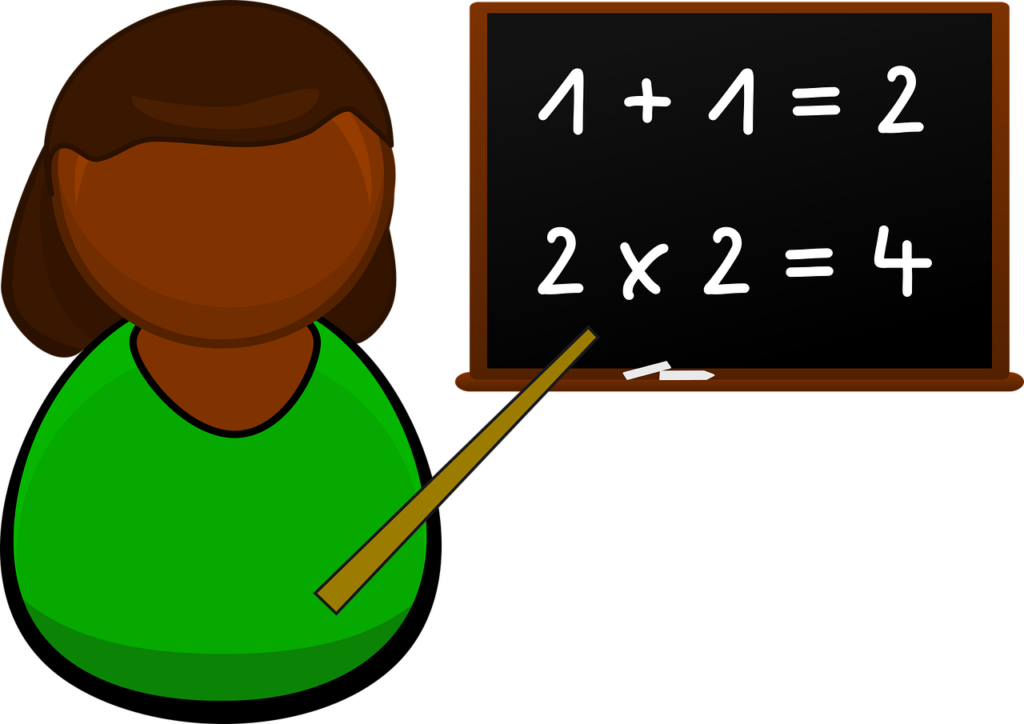By Linda Hagood
All stories should include six essential components, although initially (as a pre-teaching activity) or as a follow-up activity peers may not necessarily be included. These components are:
- Build upon all students’ strengths and interest. In the Playing with Words sessions, even topics which have been deemed “off limits” or “perseverative” in other contexts are acknowledged and encouraged by the teacher. In one classroom, we had “Silly Story Time,” in which we built stories around the topics which were inappropriate in many other situations. We made a rule that this was the only time and place during the week in which students should discuss their fantasy topics, and if the topics were discussed in other classes or the cafeteria, the next week’s “Silly Story Time” session would be cancelled. The students did an amazing job of saving their creative ideas for our time together. The special strengths and interests of the peer partner and the adult facilitator should also be honored and included in the storytelling dialogue, to support perspective taking and shared meaning making.
- Peer inclusion. Playing with Words sessions work best if at least one peer is included to offer opportunities for social interaction and play. When a peer is included, the interactions and story can continue, even if the target student needs time to process, generate ideas, or self-regulate. Ideally, the peer will be one who has stronger social communication skills than the targeted student, so that they can be a model. The connections that are built in this activity sometimes lead to interactions in other contexts. For example, one student asked for an epic story to be continued into the next school year, saying that the story was “trending.” I asked him to clarify and he told me, “On the bus, in the cafeteria, everyone wants to know what happens next in our story.”
- Establish an atmosphere of play, with the facilitator understanding, modeling and encouraging play-storytelling connections, accepting the student’s current level of symbolic and social play, while modeling and supporting the next level in the hierarchy. Humor, use of puns and other word play, and use of absurdity or violation of expectations are all included as examples of play. In many cases, this modeling of play skills can most effectively be performed by the peers, with encouragement and support from the adult facilitator. You can learn more about the levels and types of play used in the Playing with Words intervention in the tables.
- The adult role should be flexible and supportive, acknowledging, accepting and expanding on student input (using “Yes, and…” as a scripted connection), scaffolding between levels of support, while always working to maintain a high level of student engagement and participation. The adult may move fluidly between a highly participatory role as a play partner to a more non-directive role as a scribe and encourager. These role shifts should be based on the students’ interactions and needs on a fluid minute-by-minute basis.
Examples of acknowledging, accepting and expanding:
An example of scaffolding:
- Contexts for the storytelling activity should include:
- Predictable routines, always beginning with an introduction in which the previous story is reviewed, or brainstorming occurs around a new story development, then moving into story building, and ending with a review of the story either in its entirety or the part that was completed that day.
- Accessible locations for material storage and story writing, and adequate space and consistent locations for both story building (usually a table), and story enacting (an open space that can serve as a “stage area.”
- Include physical enactment and use of props and actions. Props may be concrete (e.g. hats, masks, eating utensils and plates) or abstract (paper towel rolls to use as rockets or as microphones, a blanket to represent space for a lake, a box to be a boat or a car), and may be used in a variety of ways:
- To clarify and demonstrate meanings of verbal elements of the story which have already been included (e.g. what is a sword, a shield, a crown for a princess).
- To stimulate new ideas to add to the verbal elements of the story (e.g. the light-up ring might be added as a way to transport characters to a new land).
Physical enactment of story scenes and character interactions, with or without props, is important because it allows students to engage collaboratively and practice interacting with one another using dramatic play atmosphere, using skills such as facing one’s partner, using appropriate tone and body position to express emotion. It also maintains attention and arousal in the activity, as students learn to move more fluidly between story building and enactment. Sometimes the enactment triggers new ideas that can be brought back to the story table for inclusion in the narrative. The students’ efforts to enact the story with props and actions can sometimes offer important insights into their level of understanding of the language used in the story.
Miniature objects, such as toy cars and action figures, are not recommended for students who are blind, because they are difficult to discriminate tactually, and they do not provide the same level of support for physical enactment of the story as objects that can be worn on the body (e.g., a hat as a crown) or those that can be used in a sensory way (e.g. a paper towel roll as a microphone).



